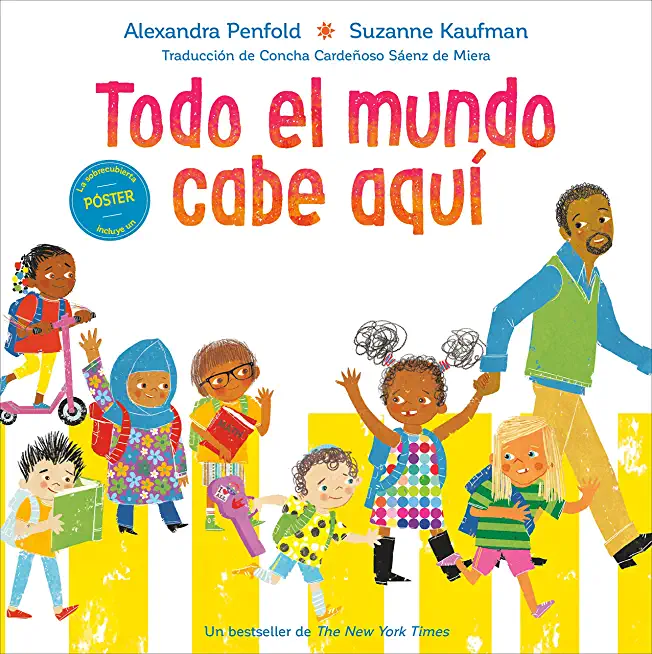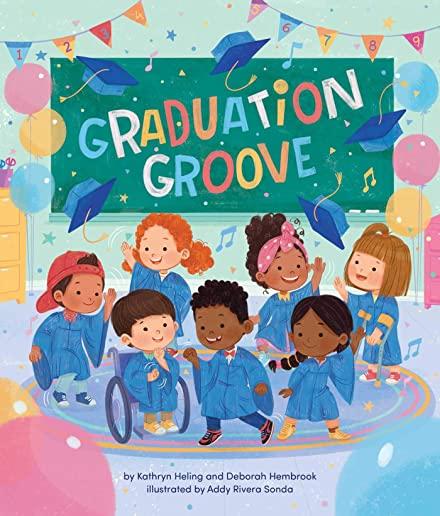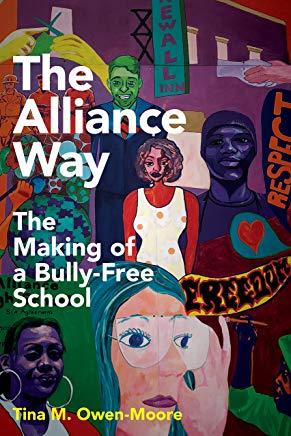
Kwon, Jungmin
This book provides targeted suggestions that educators can use to ensure successful teaching and learning with today's growing population of transnational, multilingual students. The text offers insights based on the author's observations, interactions, and interviews with second-generation immigrant children, their families, and their teachers in the United States and South Korea. These collected stories give educators a better understanding of how elementary school children engage in language, literacy, and learning in and across spaces and countries; the forms of unique linguistic and cultural knowledge immigrant children build, expand, and mobilize as they move across contexts; the ways in which immigrant children position themselves and represent their identities; and how educators and researchers can honor these children's identities and unique talents. Featuring children's narratives, drawings, writings, maps, and photographs, this resource is a must-read for educators and researchers seeking to create more inclusive learning spaces and literacy practices.
Book Features:
- Examples of students' literacy practices with insights for more effective teaching.
- Practical lessons gleaned from children engaging with language and literacy in flexible and dynamic ways in their everyday lives.
- Targeted suggestions to help educators better understand and utilize children's unique linguistic abilities and cultural understandings.
- Discussion questions and examples that challenge deficit perspectives of immigrant children and reposition them as multilingual and transnational experts.
- Implications for educators and researchers seeking ways to amplify young immigrant children's voices and leverage their knowledge.







